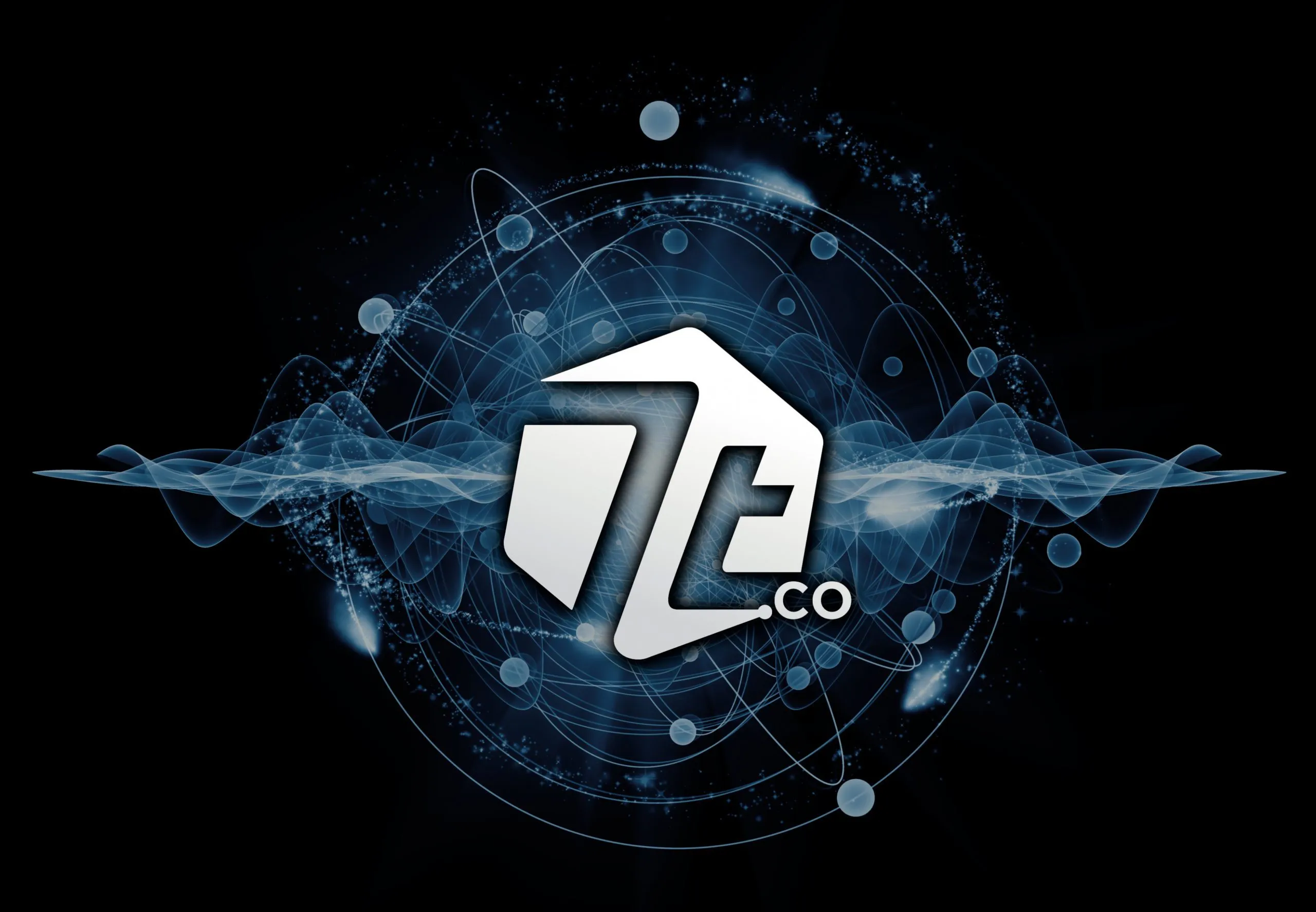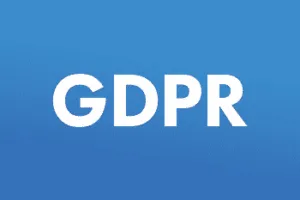According to a whitepaper published by IDC and IBM, the return on investment (ROI) of business analytics solutions that incorporate predictive analytics is about 250%. This statistic illustrates why more businesses are turning toward predictive analytics to stay ahead of their competitors. Technology adoption, after all, is everywhere and in every sphere of operation. More information has been generated in the last 10 years than ever before. Brands are in a race to adopt technologies that can retain customers and to find new business opportunities. This is why predictive analytics is now on the map for businesses of all sizes.
Why Predictive Analytics Matter
Predictive analysis, in a business context, is making use of historical data and applying machine learning and artificial intelligence to build mathematical models that can provide actionable insights. The capacity of predictive analytics tools to learn from experience is what sets this technology apart from typical business intelligence. For the first time, both structured data and unstructured data, like text analytics and social listening, are being pulled in to create predictive data models.
1. Customer Churn Prevention
There is a reason why customer churn prevention resonates with every business considering investing in predictive analytics tools. The cost of acquiring a new customer is five times more expensive than retaining an existing customer. Losing customers to competitors is a reality, but much can be done to reduce the churn. Predictive analysis is showing how this can be done.
Dissatisfied customers need not necessarily be making complaints; often, customers will just discontinue their service or stop buying. Data science must be able to segment customers so that steps can be taken to retain them. Churn prevention works by creating risk scores to set indicators on who is most at risk of leaving. This information is then used to tailor suitable retention campaigns. The success of these actions is vital since the staggering fact is that 80% of business revenue comes from 20% of existing customers.
2. Sales Forecasting
In every organization, the sales forecast is what will determine decisions on everything from budgets and spending to hires. The amount of effort that goes into these decisions is immense and is still largely a combination of gut feeling, spreadsheets and often a big dose of optimism. Predictive analytics tools are taking a larger number of data points to reach a more reliable forecast. Additionally, they are creating sales pipelines to check where deals can drop-off to set actionable tasks that will bring them to the finish line.
So, how does predictive analytics do this? It uses thousands of data points from both external and internal sources that would not have been factored in before. Internal sources could include the company’s CRM and marketing data. External sources could be company revenue and income, the number of employees, credit history, social media, press releases, cross-industry data and more. From all these data sets, predictive analytics will spot correlations to predict the likelihood of closing a project. Because of machine learning, data can be recalibrated when it picks up on any new nuances.
Predictive analytics is also quickly emerging as a strong factor in sales enablement. It leverages algorithms that use a vast number of variables to outline possible factors that impact a customer’s decision to buy. It can unearth remote buying signals that sales personnel can use to contact prospects at the right time. This is why many businesses are going beyond spreadsheets and moving toward higher forecast accuracy.
3. Improve Core Business Competencies
The enterprise product and how efficiently it is produced is another frontier where predictive analytics is playing a key role today. Whether manufacturing products or a service offering, improving core business capacity is important. This can be better illustrated by looking at what predictive analytics tools can deliver in diverse industries.
In the insurance industry, the value lies in the risk score it can set for each customer through hotspot profiling. This helps to treat every customer differently by devising customized policies ensuring customer satisfaction. It has also proved its value in reducing fraudulent claims.
Banks & credit companies have used these tools to manage risks and lower their losses when dealing with creditors. Here too, risk scores have helped predict default on payments from loan and credit card applicants.
In Product Manufacturing, while it is a part of the quality process to detect faulty items in the assembly line, it was previously very difficult to predict what the requirements will be in the field. There is always the risk in managing spare parts inventory so that there is no loss from stock piling up or customer dissatisfaction from having to wait too long because of unavailability. Predictive analytics takes the guesswork out of the management process, leading to big savings.
An accurate predictive analytics tool needs a lot of upfront work to set up, but the benefits are quantifiable. If you have not yet employed predictive analytics in your business strategy, it might be time now to speak to a professional to understand better how it can streamline your operations. The team of data scientists and developers at 7T have experience analyzing copious amounts of data from many different industries. Reach out to 7T today. Our Predictive Analytics tool, Sertics, can help your business identify inefficiencies and improve your bottom line.










